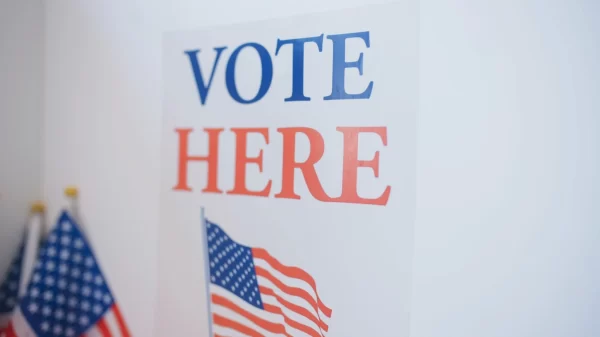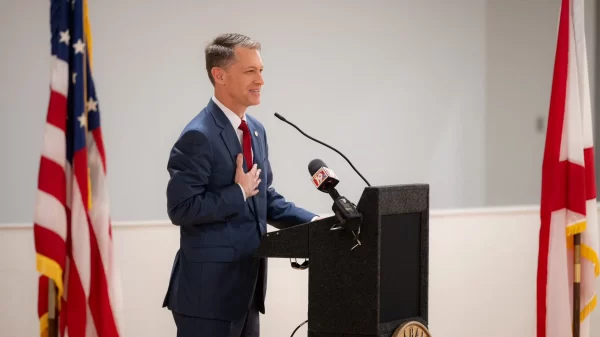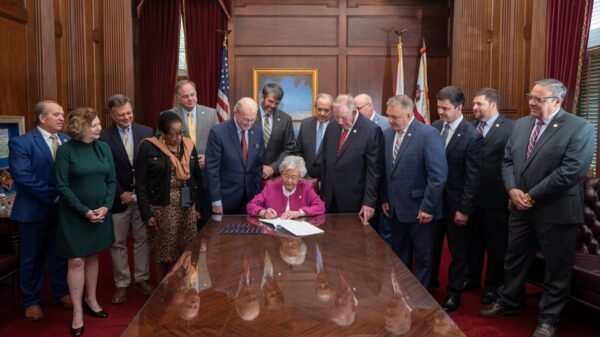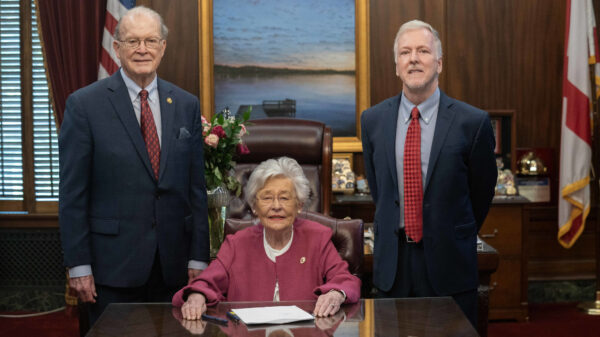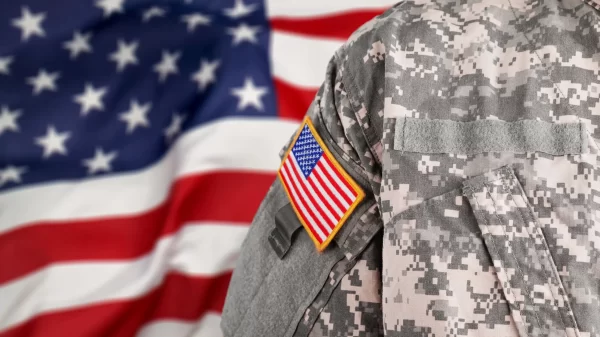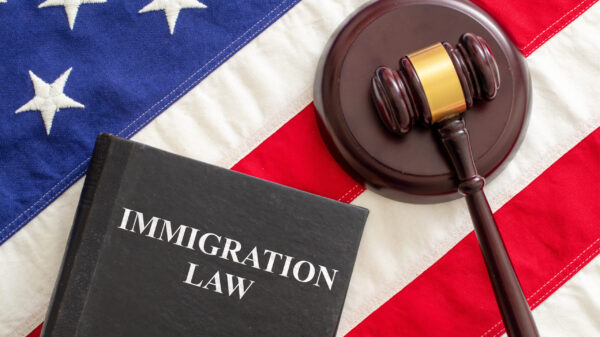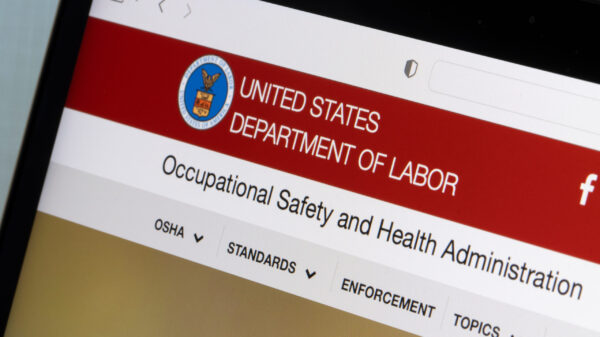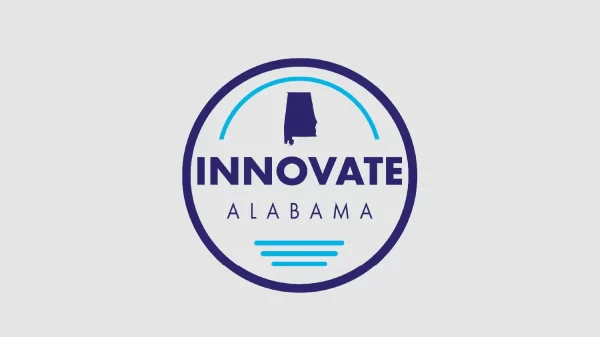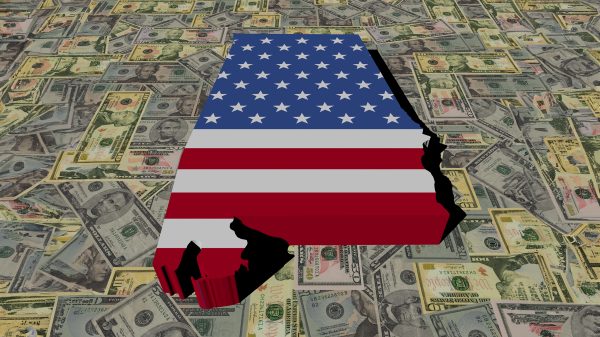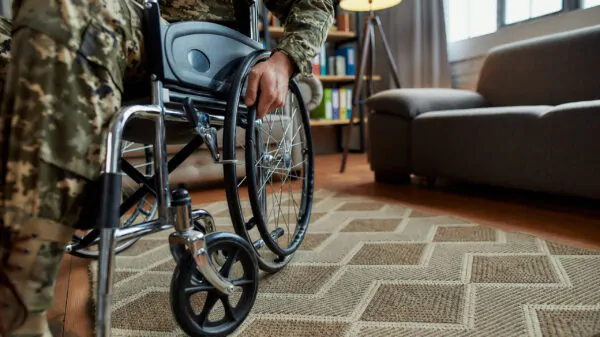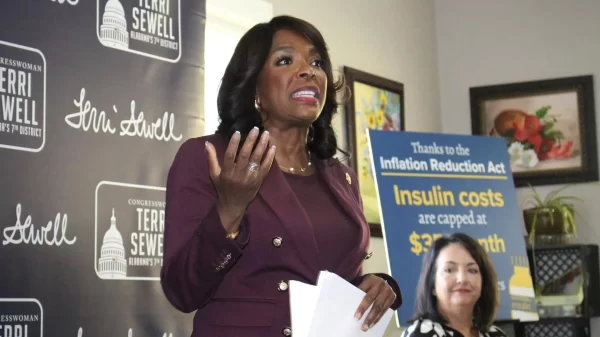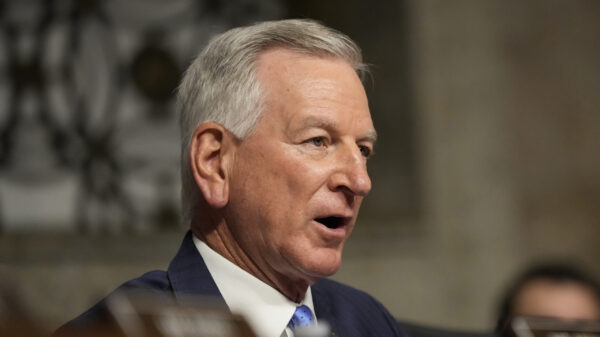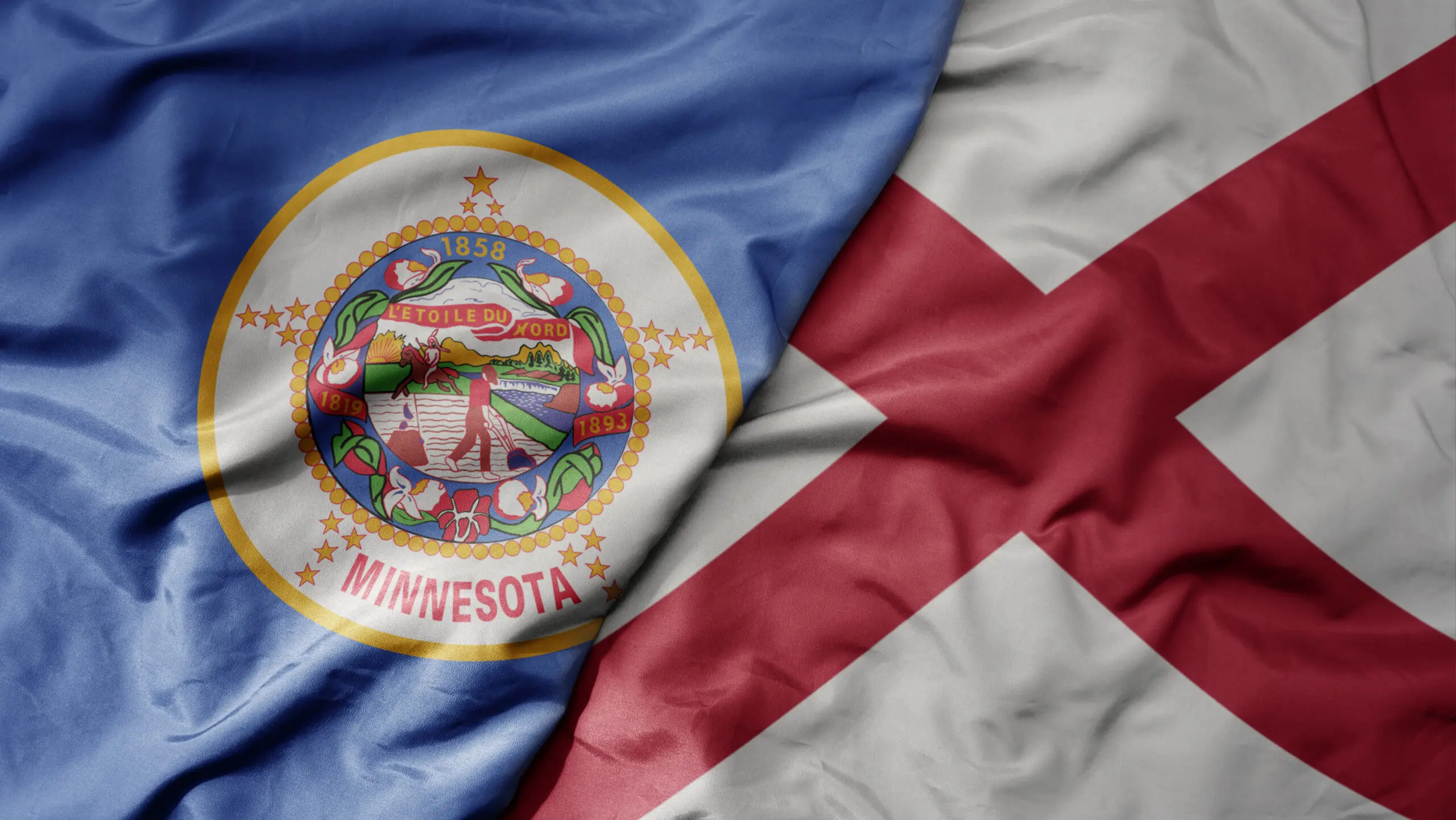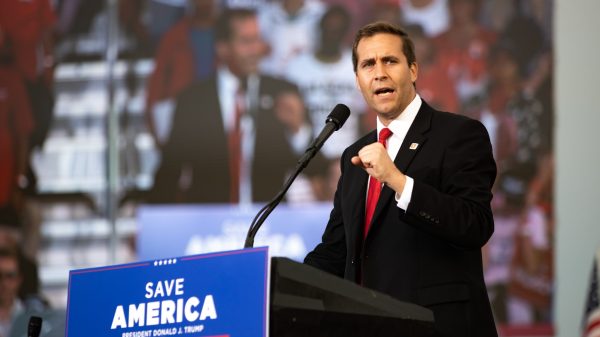|
Getting your Trinity Audio player ready...
|
In a landmark move, Minnesota has taken a firm stand against censorship by passing a new law that makes it illegal for libraries to ban LGBTQ+ books. This legislation is part of a broader effort to uphold the state’s commitment to freedom of information and inclusivity. Education Commissioner Willie Jett praised the law’s passage, highlighting the administration’s dedication to recognizing the invaluable contributions of professional librarians and preserving public libraries as vital sources of information freely accessible to all.
Minnesota Governor Tim Walz’s administration has not stopped there. Last year, Walz signed into law HF366 and HF146, also known as “shield laws,” which protect access to abortion and gender-affirming care. These laws prevent other states from prosecuting healthcare providers or patients who receive treatment in Minnesota, reinforcing the state’s stance on safeguarding individual rights and healthcare freedoms.
Meanwhile, Alabama is charting a drastically different course. Attempts at book censorship in Alabama broke records in 2023, primarily targeting books with LGBTQ+ content. Alabama lawmakers have gone so far as to try to enact laws that could jail librarians over their book collections.
The Alabama Public Library Service board recently approved changes to the agency’s administrative code, mandating that libraries adopt policies to keep “material deemed inappropriate for minors” away from children and youth sections. These policies also prevent libraries from purchasing any material deemed inappropriate for minors, effectively censoring young adult literature by banning it from all sections.
Contrary to Minnesota law, women in Alabama have been stripped of their reproductive rights as the state has banned all abortions, even in cases of rape and incest. The state’s Supreme Court has gone so far as to rule that frozen embryos are human beings, threatening IVF treatment. The state has also outlawed gender-affirming care for transgender youths, leaving them and their parents abandoned in a legislatively restricted wasteland.
Beyond the issue of censorship and fundamental rights, Minnesota and Alabama paint a starkly contrasting picture of health, wealth, and welfare in the United States. Minnesota’s population of approximately 5.75 million is slightly higher than Alabama’s 5 million, yet the GDP gap is more pronounced, with Minnesota boasting a robust $450 billion economy compared to Alabama’s $220 billion. Per capita income follows the same trend, with Minnesotans earning an average of $64,500, while Alabamians make do with $45,000.
The educational divide further underscores the socio-economic disparities. Minnesota shines with an 88 percent high school graduation rate, and 36 percent of its residents hold a bachelor’s degree or higher. In contrast, Alabama struggles with an 86 percent graduation rate, and only 24 percent of its population attains higher education degrees. This gap in education likely contributes to the lower income and higher poverty rates seen in Alabama.
Life expectancy reveals another stark contrast. Minnesotans can expect to live almost 81 years, enjoying one of the highest life expectancies in the nation. Alabama residents, however, are projected to live just over 73 years, ranking among the lowest in the U.S. The infant mortality rate in Alabama stands at a troubling 7.56 deaths per 1,000 live births, nearly double Minnesota’s rate of 4.5.
Obesity rates also highlight the health divide: 30 percent of Minnesotans are obese compared to a staggering 36 percent in Alabama. This difference in health outcomes is no surprise when considering the higher percentage of uninsured residents in Alabama (9.85 percent) versus Minnesota’s 6 percent.
Minnesota’s poverty rate sits at a relatively low 9 percent, a figure that Alabama can only envy with its 15.6 percent. This disparity extends to welfare dependency as well, with Minnesota having approximately 439,500 SNAP recipients compared to Alabama’s hefty 775,400.
Both states spend around $10,843 per capita on healthcare, yet the outcomes are vastly different. Minnesotans seem to get a better return on their healthcare dollars, as evidenced by the stark contrast in health statistics.
Minnesota and Alabama might be part of the same country, but their residents live vastly different lives. From education and income to health and welfare, the data paints a clear picture of two states on very different paths. These disparities are not just numbers; they reflect real differences in quality of life and opportunities.
The detailed statistics, sourced from the Minnesota Department of Health and the Alabama Department of Public Health websites, underscore the growing disparities in the United States.

